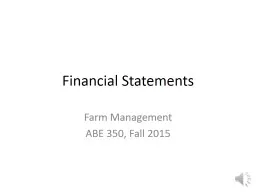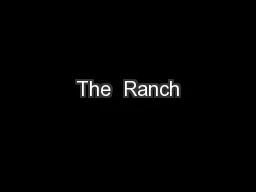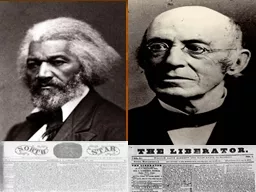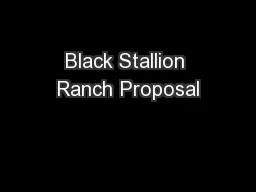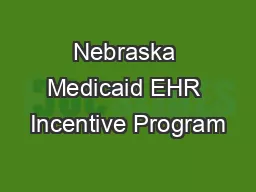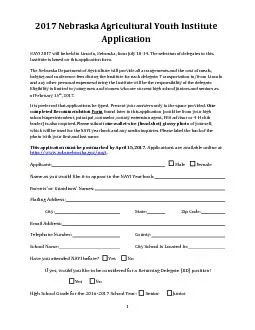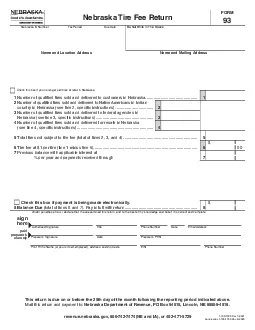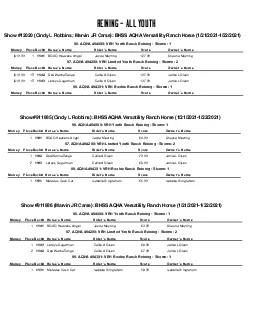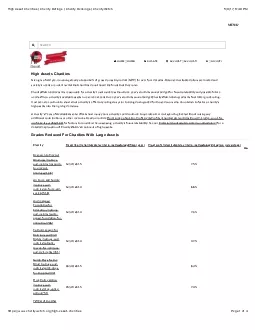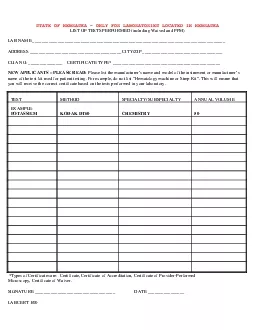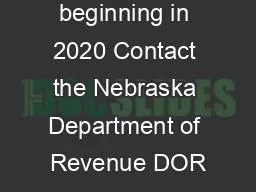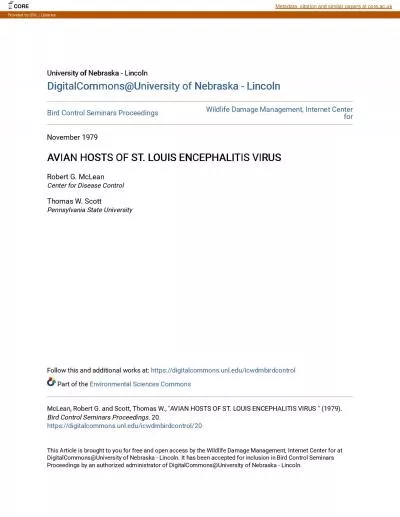PPT-Financial Statements Nebraska Farm and Ranch Financial Literacy
Author : myesha-ticknor | Published Date : 2018-09-20
Two Hands on the Wheel 2016 Objectives Get you familiar with basic financial documentation Balance Sheet Cash Flow Statement of Cash Flow Cash Flow Budget Record
Presentation Embed Code
Download Presentation
Download Presentation The PPT/PDF document "Financial Statements Nebraska Farm and R..." is the property of its rightful owner. Permission is granted to download and print the materials on this website for personal, non-commercial use only, and to display it on your personal computer provided you do not modify the materials and that you retain all copyright notices contained in the materials. By downloading content from our website, you accept the terms of this agreement.
Financial Statements Nebraska Farm and Ranch Financial Literacy: Transcript
Download Rules Of Document
"Financial Statements Nebraska Farm and Ranch Financial Literacy"The content belongs to its owner. You may download and print it for personal use, without modification, and keep all copyright notices. By downloading, you agree to these terms.
Related Documents

